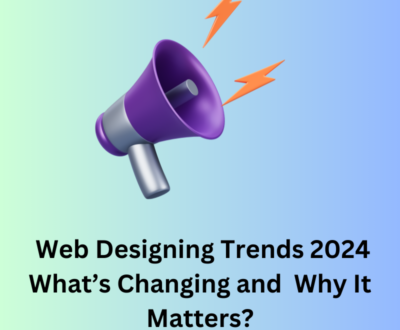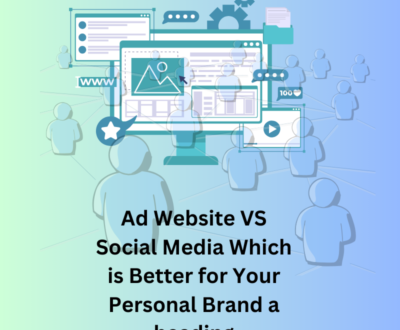When it comes to digital marketing, both paid advertising and organic strategies have their own strengths and play different roles in achieving your business goals. Here’s a comparison of the two approaches:

Paid Advertising
Overview: Paid advertising involves paying for ad placements on search engines, social media platforms, and other digital channels to drive traffic and Conversions.
Types:
- Search Engine Ads: Pay-per-click (PPC) ads displayed on search engines like Google Ads.
- Social Media Ads: Sponsored posts or ads on platforms like Facebook, Instagram, LinkedIn, and Twitter.
- Display Ads: Banner ads shown on websites across the internet.
Video Ads: Ads played before or during video content on platforms like YouTube.
Benefits:
- Immediate Results: Paid ads can drive traffic and generate leads quickly, providing instant visibility.
- Targeted Reach: Allows for precise targeting based on demographics, interests, behaviors, and location.
- Scalable: Easy to scale campaigns up or down based on budget and performance.
Measurable ROI: Provides detailed analytics to track performance, cost, and return on investment
Challenges:
- Cost: Requires ongoing investment; costs can increase with competition for keywords or ad space.
- Ad Fatigue: Users may become less responsive to ads over time, requiring continual optimization.
Short-Term Impact: Traffic and leads stop when the budget runs out.
Organic Strategies
Overview: Organic strategies focus on driving traffic and engagement without direct payment, primarily through content creation and search engine optimization (SEO).
Types:
- Search Engine Optimization (SEO): Optimizing website content and structure to improve organic search rankings.
- Content Marketing: Creating and sharing valuable content to attract and engage your target audience.
- Social Media Marketing: Building an organic presence and engaging with followers on social platforms.
Email Marketing: Using newsletters and content to build relationships and drive traffic.
Benefits:
- Cost-Effective: Primarily relies on time and effort rather than direct spending, with long-term benefits.
- Sustainable Results: High-quality content and SEO can drive ongoing organic traffic and improve brand credibility.
- Engagement: Builds relationships and trust with your audience through valuable, relevant content.
Authority and Credibility: Well-optimized and high-quality content can establish your brand as an authority in your industry.
Challenges:
- Time-Consuming: Organic strategies take time to see results, requiring ongoing effort and consistency.
- Algorithm Changes: Search engines and social media platforms frequently update algorithms, impacting visibility and rankings.
Competitive: High competition for keywords and content can make it challenging to achieve and maintain top rankings.
Combining Paid and Organic Strategies
Integration Benefits:
- Enhanced Visibility: Use paid ads to drive immediate traffic while building long-term organic rankings.
- Complementary Insights: Leverage data from paid campaigns to inform organic strategies and vice versa.
- Balanced Approach: Combine the quick wins of paid advertising with the sustainable growth of organic methods for a well-rounded strategy.
- Cross-Promotion: Promote organic content through paid channels to increase reach and engagement.
By understanding the strengths and limitations of both paid advertising and organic strategies, you can create a balanced digital marketing approach that leverages the benefits of each to achieve your business objectives.
More from our blog
See all postsRecent Posts
- What is SMO in Digital Marketing? September 27, 2024
- Web Designing Trends 2024: What’s Changing and Why It Matters September 16, 2024
- How to Rank First on Google? September 16, 2024










